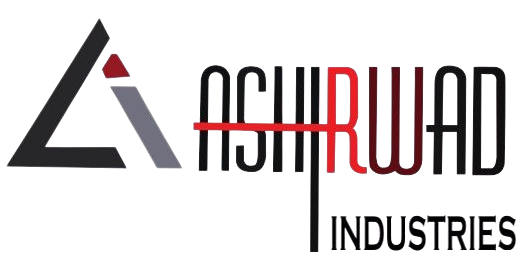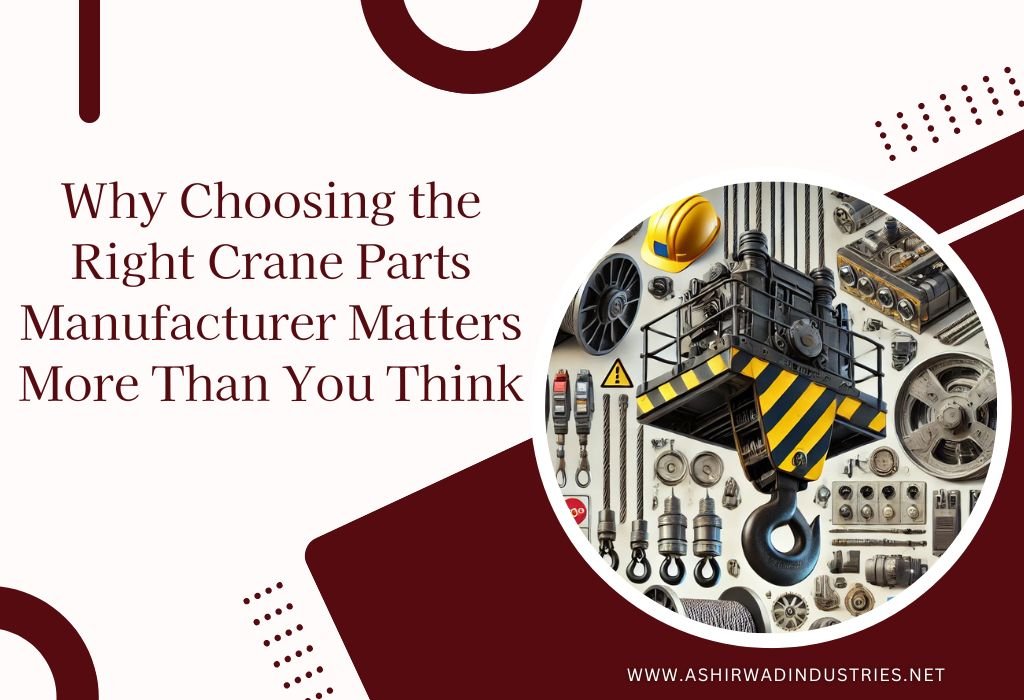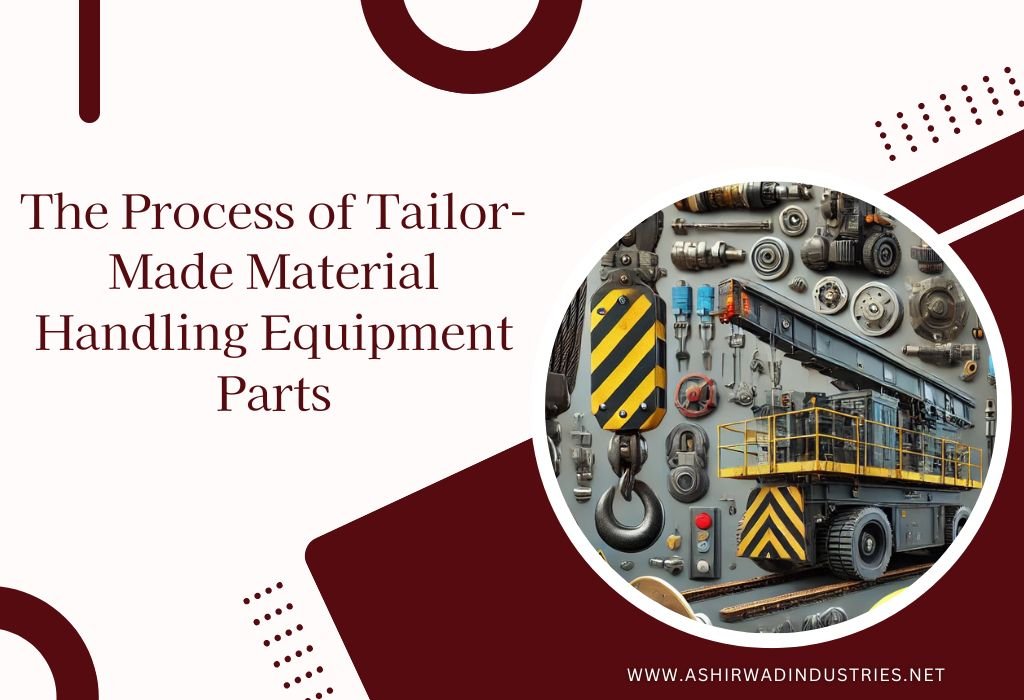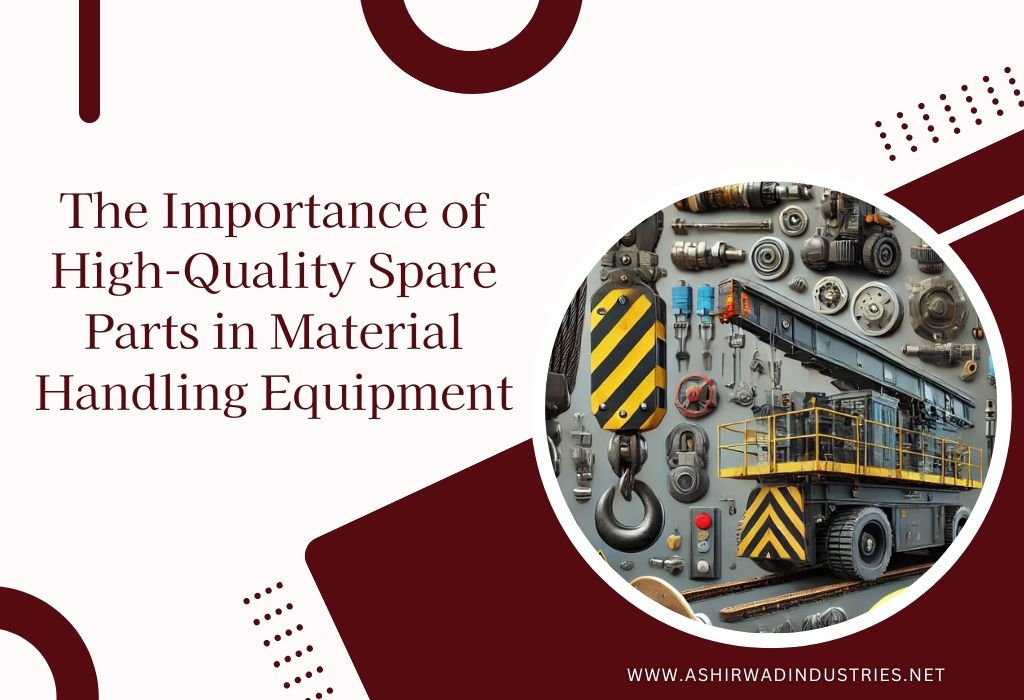-
Jul, Fri, 2025
Why Choosing the Right Crane Parts Manufacturer Matters More Than You Think
When it comes to overhead cranes, gantry cranes, and other lifting systems, every component plays a vital role in ensuring safe and efficient operation. From wheels and hook blocks to wire rope drums and brake systems, the quality of crane parts directly affects equipment uptime, maintenance costs, and operational safety.
That’s why working with the right crane parts manufacturer—especially one who can deliver custom crane components—is not just an option, but a necessity.
Why Sourcing Crane Parts Isn't a "One-Size-Fits-All"
- Customization for Operational Fit
A reliable supplier offers tailor-made solutions based on your specifications, samples, or drawings. This ensures accurate fit, material compatibility, and longer life. - Better Performance and Safety
Precision in casting and machining reduces stress concentrations and failure risks. The result? Fewer breakdowns and lower safety hazards. - Reduced Downtime
Quick prototyping and local sourcing from an Indian foundry (like Ashirwad Industries in Ahmedabad) can dramatically cut waiting times compared to imported OEM spares. - Cost-Efficiency
Custom parts often cost less than OEM without sacrificing quality—especially when made by a dedicated crane parts manufacturer who understands your industry. - Quality Assurance
Reputable suppliers offer strict material checks, dimensional tolerance testing (e.g., ±0.1 mm), and machining consistency—essential for high-load applications.
5 Key Benefits of Choosing the Right Crane Parts Manufacturer
Crane components face constant stress, abrasion, and heavy-duty loading. OEM parts aren’t always available—especially for older equipment—or may not match your upgraded operational requirements.
In these cases, partnering with a custom crane components supplier is the smarter choice.
Here’s why:
- Older cranes need reverse-engineered parts that match legacy specs
- High-capacity operations demand precision casting and machining
- Harsh environments call for materials like SG iron or alloy steel
What to Look for in a Custom Crane Components Supplier
When evaluating a manufacturer, ask:
- Do they offer SG iron or alloy steel casting?
- Can they handle reverse engineering from broken or obsolete parts?
- Do they provide in-house machining and quality inspection?
- Do they serve your specific crane model or use case?
- Can they deliver within your required timeline?
A company that answers “yes” to most (or all) of the above is a good match.
Case Example: Saving Downtime with Reverse-Engineered Components
Final Thoughts
Don’t let low-grade or mismatched parts compromise your crane’s performance. Instead, work with a trusted crane parts manufacturer who offers:
- Proven casting and machining expertise
- Custom solutions for your crane model and environment
- Faster delivery with precision manufacturing standards










